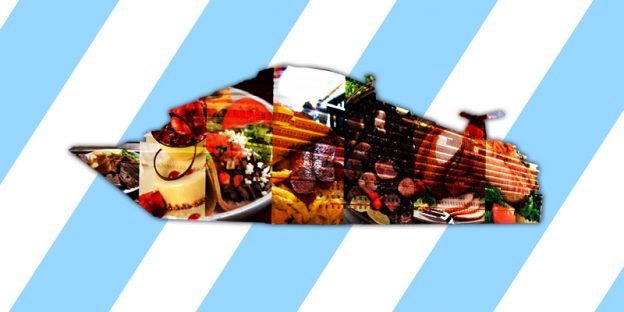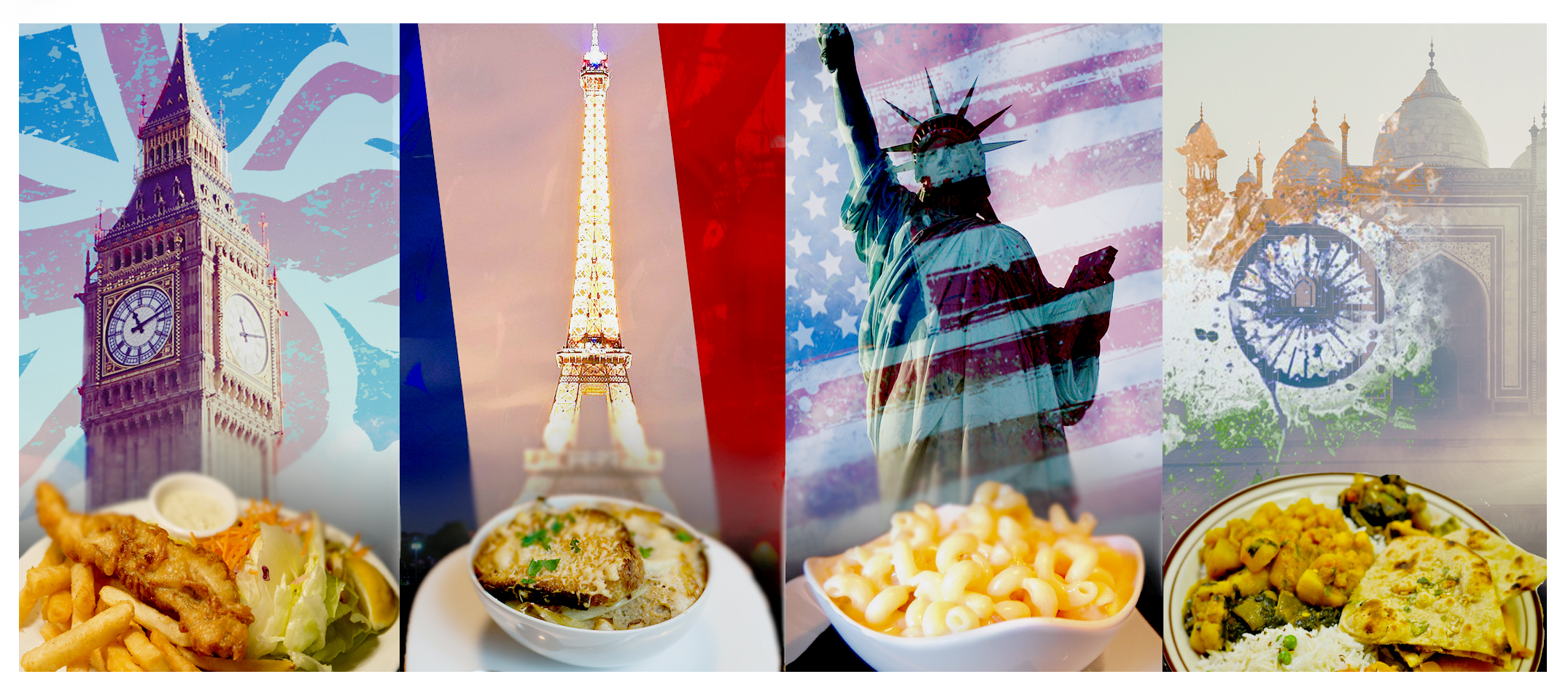In the old days, food on board a cruise ship was not much awaited. Lack of technology and resources made it impossible for vessels to offer food that was worth advertising. Today, cruise ship chef jobs are among the most coveted sea-faring posts. All because the food culture on board a ship has taken a turn for the better.
There is a certain drama associated with food on board a liner. Cruise ship chefs are expected to create art with every plate, and plates generally run into thousands per meal per day. With the variety of food options available on board today, guests are spoiled for choice and many are not afraid of taking advantage of the high-quality complimentary offers available.
A recent study by travel insurance company Allianz Global Assistance found that as much as 9.4 per cent of guests did not leave the ship when it called on a port thanks to the free food and drinks on board!
This purely goes to show that not only are guests enamoured by the indulgent choices available for free, but they also opt for these over newer culinary experiences they might encounter while out in port. That says a lot about the standard of food served on board cruise ships these days.
Still, there are others who want to go all out and enjoy on-board dining, sometimes paying more than US$100 for a dining experience that could involve the captain, a celebrity chef, a specialty gourmet meal or a themed dinner. At least a couple of times during most cruises, guests are expected to turn up to a formal dinner where they are served items like foie gras, escargots, lobster tails, prime steaks or ribs, game, sabayons, and Boerenjongen’s sundaes.
Thanks to the sheer volume of passengers, cruise ships stagger meal timings to ensure that everyone enjoys a memorable experience. In the main dining room, guests can choose Traditional Dining where they are assigned seats, a time slot and a table, where they will go through an entire cruise dining with the same set of people. With Flexible Dining, they can arrive as they please and will be seated at tables that have vacant seats. A large number choose the latter.
The crowds will obviously show at main meal slots and this is the busiest time for cruise ship chefs – the breakfast rush is between 7am and 9am, lunch between noon to 2pm, and dinner between 6pm and 8pm.
Another dining area that is a big draw, particularly for children and youngsters is the buffet restaurant, where casual attire is permitted. These are usually on the same deck as the pool and often see guests flock in after a tiring swim. Buffets serve a smörgåsbord of items from breakfast, lunch and dinner, and sometimes mid-morning and late afternoon snacks as well. An outdoor grill is usually open serving burgers, hot dogs and fries all day long.
Food and the culture surrounding it is changing on board and cruise ship chef jobs are at their most challenging ever. Guests are demanding more and cruise companies are delivering, bringing a certain standard to dining options on board and providing value for money fare.
Dishes are becoming so trendy that celebrity chefs are cashing in. Cruises offer kitchen tours and cooking classes for food lovers, healthy and special options for fitness enthusiasts and those with dietary restrictions, as well as comfort food that has always worked.
It’s no wonder then that most guests depart with a few added kilos around their waistlines.




